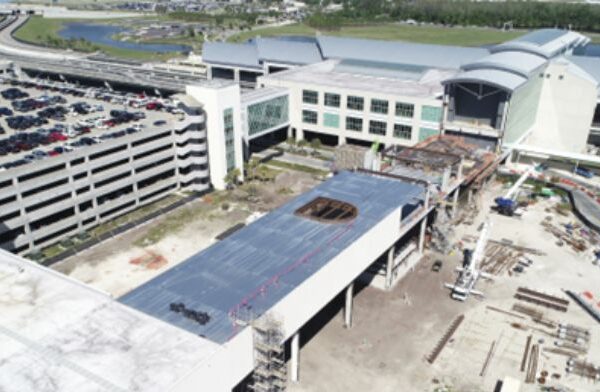


In a move that has been welcomed by ground handlers and which will deliver enhanced benefits to passengers and airlines, the European Union Aviation Safety Agency (EASA) has published the first-ever proposal to regulate ground handling across European Union airports. The proposed regulation will increase safety, cyber security and consistency of all actions that take place on the ground before and after a flight. It will also affect around 300,000 ground handlers, one of the largest groups of aviation employees.
Until now, ground handling activities, which include aircraft loading and unloading with cargo, mail and baggage; passenger boarding and disembarkation; de-icing and anti-icing; refuelling; and securing the aircraft on the ground during turnaround, pushback and towing, are an area of aviation that have been largely self-regulated. In most cases, operational arrangements, including those impacting safety, are captured only in bilateral service agreements between ground handling service providers and the aircraft operators to whom they provide services.
“Aviation starts on the ground,” said EASA Acting Executive Director, Luc Tytgat, referencing the proposed regulation, which is expected to be published in late 2024 or early 2025 with a three year transition period for its implementation.
“This entirely new proposal fills an important gap in the overall regulation of aviation operations in the European Union, which means that we will now have an end-to-end approach to ensuring aviation safety and cybersecurity.”
He added that for passengers and airlines “this will provide increased certainty that ground handling operations are being carried out safely and consistently in all major airports across the EASA Member States.”
By proposing an efficient approach on the oversight of ground handling organisations by competent authorities, the regulation is expected to avoid multiple verifications of the same activities and organisation aspects and gradually reduce the significant number of audits performed mostly by aircraft operators. Organisations will also be able to better allocate their resources from auditing to managing the safety of their operations, while aircraft operators will retain overall responsibility, as they do currently, for aircraft safety and flight safety.
“Today a large ground handling organisation operating at 100 stations may be subject to over 600 audits from external stakeholders in a year, entailing almost 5,000 hours of work,” continued Tytgat. “In future, air operators will be able to rely on the results of oversight performed only once by the competent authority and reduce their own audits only to the necessary additional aspects. This will reduce costs and free up resources to focus on more critical operations.”
The new regulation would require handling organisations and self handling aircraft operators performing commercial air transport operations to self declare they comply with the EU requirements. This can be done either by applying operational procedures developed by themselves or industry standards and good practices developed and continually improved by industry during the past decades. Meanwhile, organisations will need to prove they have a management system in place, proportionately aligned to the complexity of their operations. This includes a safety management system, training for staff, a maintenance programme for ground support equipment and defined operational procedures together with a robust safety culture, where any issues are reported without penalty to the reporter, swiftly addressed and used as a lesson to further improve safety in the provision of services.





